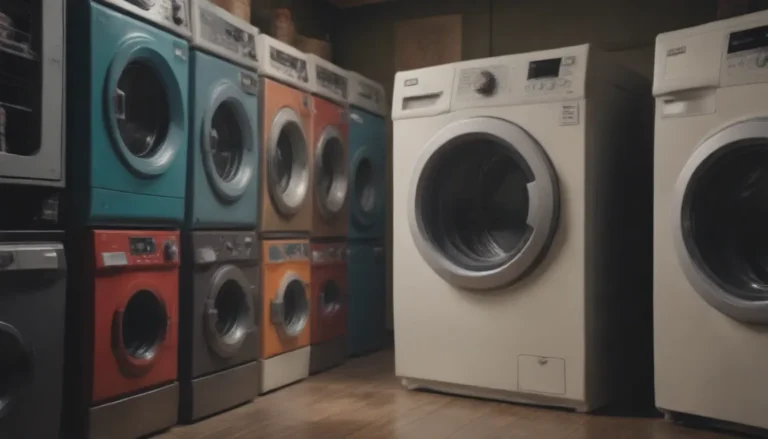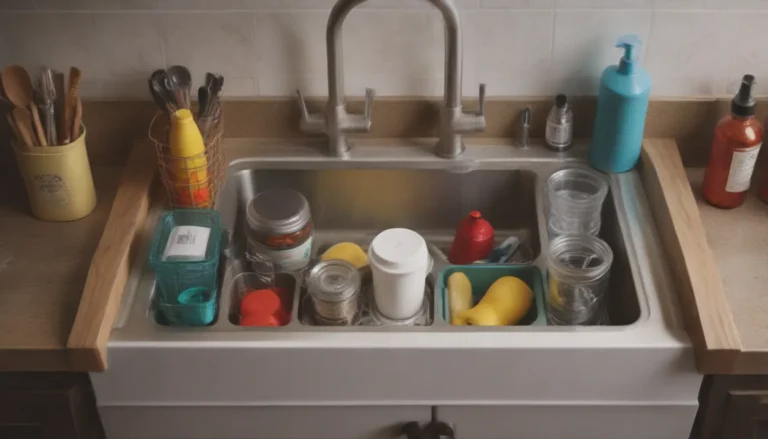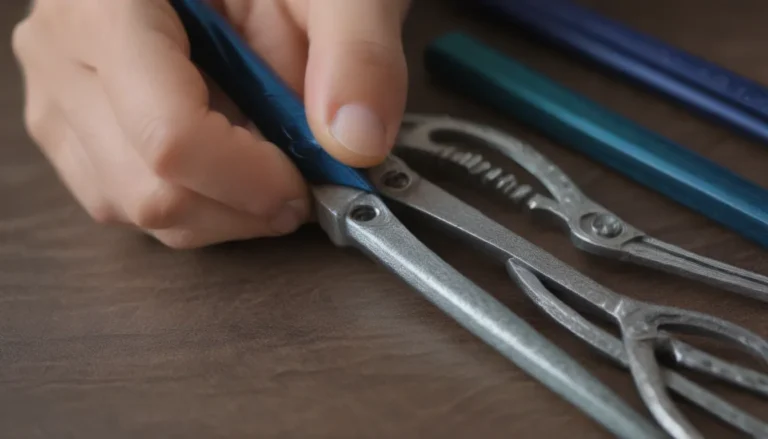A Comprehensive Guide to Dealing with Ghost Ant Infestations

Have you been struggling to get rid of those pesky ghost ants in your home? Don’t worry, you’re not alone. Ghost ants, also known as Tapinoma melanocephalum, are tiny insects that can be quite challenging to eliminate. In this in-depth guide, we’ll explore everything you need to know about ghost ants, from identifying them to effectively getting rid of them.
Understanding Ghost Ants
Ghost ants are small, multi-colored insects that are often mistaken for other ant species due to their size and coloring. They are commonly found in warm, tropical climates, with Florida being a hotspot for ghost ant activity. Here are some key characteristics of ghost ants:
- Tiny size
- Light coloring
- Slow and deliberate movement
- Prefer nesting in soil and protected areas
Identifying Ghost Ants
One of the biggest challenges with ghost ants is identifying them correctly. Their small size and light coloring make them hard to spot, leading to confusion with other ant species. Here are some tips to help you identify ghost ants:
- Look for their slow and deliberate trails, especially around kitchen and bathroom areas.
- Use a high-powered flashlight to illuminate areas where ghost ants may be present.
- Pay special attention to the foundation and gutters, as these are common trailing areas for ghost ants.
7 Effective Ways to Get Rid of Ghost Ants
Dealing with ghost ant infestations can be frustrating, especially when over-the-counter sprays are not providing a lasting solution. Here are seven natural and effective methods to help you get rid of ghost ants:
Trim Back Vegetation
- Ghost ants are persistent trailers and will use plants as bridges to access your home. Keep vegetation trimmed back to create a plant-free border around your home.
Don’t Bring Them In
- Be cautious when bringing potted plants inside, as ghost ants may nest in the soil beneath them. Inspect plants thoroughly before bringing them indoors.
Reduce Food Sources
- Ghost ants are attracted to sweets, so ensure that sweet crumbs and spills are promptly cleaned up to eliminate food sources for the ants.
Address Moisture Issues
- Ghost ants need water to survive, so address any moisture problems in your home to make it less attractive to the ants.
Seal Them Out
- Prevent ghost ants from entering your home by sealing cracks and crevices where they may be gaining access. This is a chemical-free way to keep ants out of your living spaces.
Use Baits, and Don’t Spray
- Avoid spraying chemical insecticides, as this can worsen the ghost ant problem. Instead, use gel baits to attract and eliminate the ants without causing colony fragmentation.
Call a Professional
- If the ghost ant infestation persists, consider seeking help from a pest control professional who specializes in Integrated Pest Management (IPM) for effective and tailored solutions.
Signs of Ghost Ant Infestations
Ghost ants are difficult to spot due to their size and coloring, making them challenging to identify. Look out for the following signs of ghost ant activity in and around your home:
- Slow and deliberate ant trails, especially in kitchen and bathroom areas.
- Trailing workers moving rapidly and erratically in response to disturbances.
- Presence of ghost ants in protected cavities inside walls and around vegetation.
Preventing Ghost Ant Infestations
Prevention is key when it comes to dealing with ghost ants. Here are some preventive measures you can take to keep ghost ants away from your home:
- Keep vegetation trimmed back to prevent ants from accessing your home.
- Maintain cleanliness to eliminate food sources for ghost ants.
- Use sweet ant baits in hidden areas to attract and control ant populations.
Ghost Ants vs. Other Budding Ants
It’s easy to misidentify ants, especially when dealing with small and light-colored species like ghost ants. Here’s a quick comparison between ghost ants and other budding ant species:
- Ghost Ants: Small, light-colored ants that prefer nesting in soil and protected areas.
- Pharaoh Ants: Small ants that are known for their rapid movement and nesting preferences in warm, humid areas.
- Sugar Ants: Another small ant species that are attracted to sweet food sources and may infest homes in search of food.
In conclusion, dealing with ghost ant infestations requires patience, persistence, and the right approach. By following the tips and methods outlined in this guide, you can effectively identify, eliminate, and prevent ghost ants from taking over your home. Remember, natural and non-toxic solutions are often the most effective in the long run. If all else fails, don’t hesitate to seek professional help to address your ghost ant problem once and for all.





